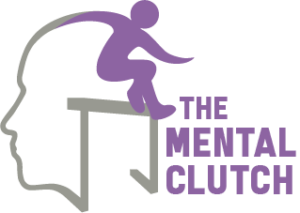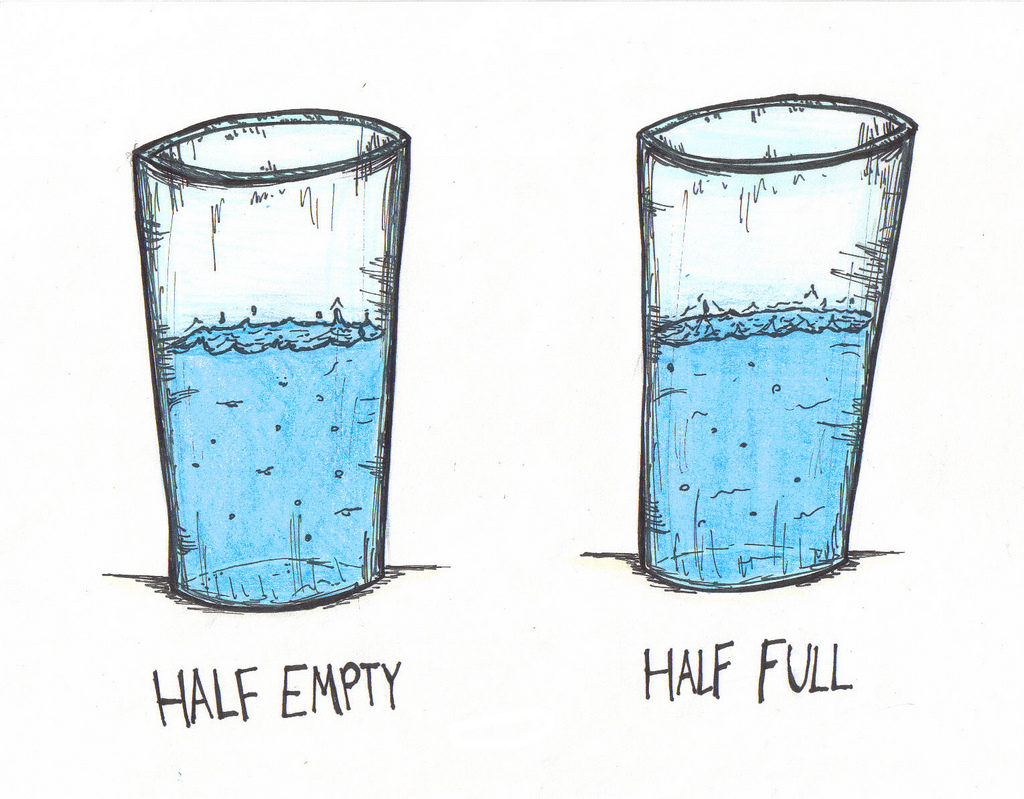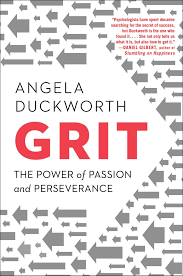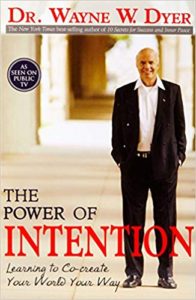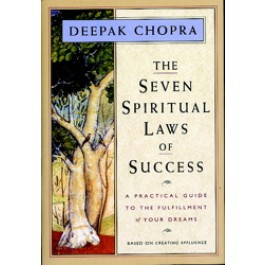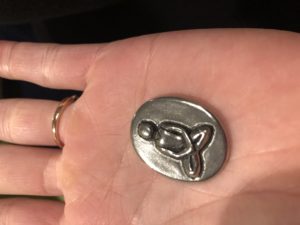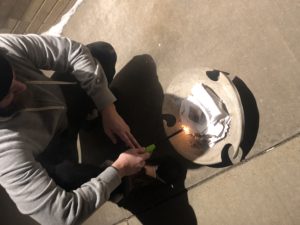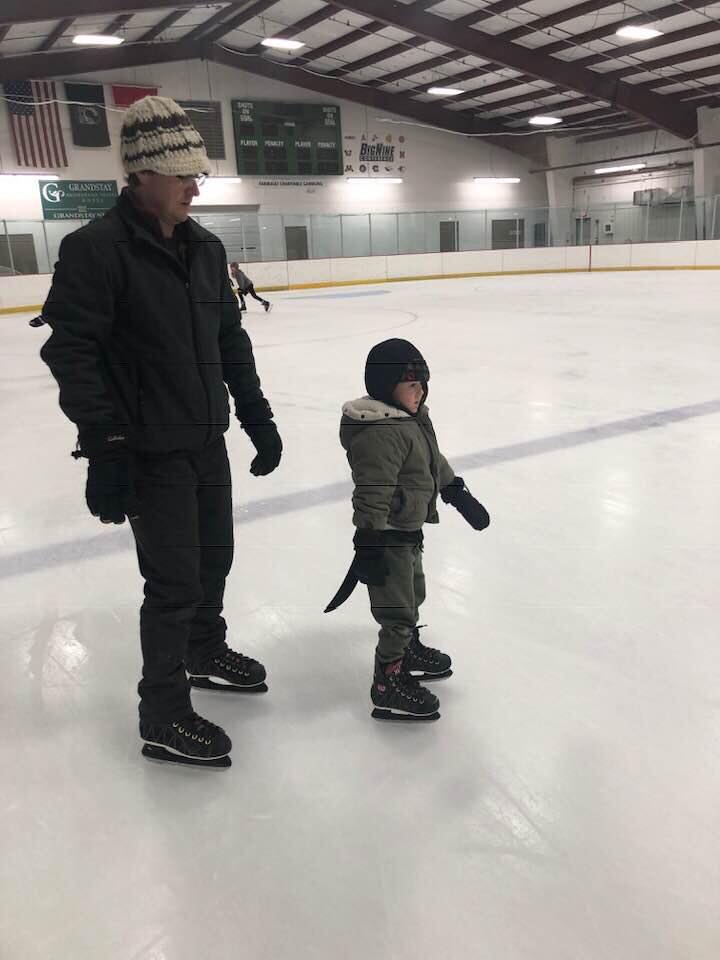If you are familiar with Minnesota State Dance line, you are familiar with the Faribault Emeralds.
With Minnesota state dance line wrapping up this past weekend, I experienced a lot of nostalgia reminiscing on my state dance line experiences. Where I went to school dance line was kind of a big deal. The Faribault Emeralds dance team earn a trip to state each and every year, usually placing near the top 3. They bounce between AA and AAA and yet still find a way to dominate in high kick.
Reflecting on how the dance team became and continues to be so extremely successful no matter what division they are in lies in the coaching. Obviously, the dancers themselves have to put in the work to execute the dances so flawlessly, but one thing has been constant; Coach Lois Krinke, who has been the head coach for the Emeralds for 28 years.
Lois Krinke and Coach Tammy Rosett are game changers in the dance world. They are not only coaches but legends. Their success in coaching, in my opinion, comes from them taking on so many different roles blended into their coaching. Another aspect about them is that they except nothing less than exceptional. Setting these high expectations set the standard and culture for the team. We do not dance, we compete. And we compete well. Beyond that, they also tie in several sport psychology-related techniques, which assist with the team’s mentality on and off the dance floor.

I’ve compiled a list of 8 things these coaches do that enhance the chance of success for the Faribault Emerald dance team each and every year.
1. Consistent use of imagery.
One thing that really served us well in knowing our parts in the dance and increasing our confidence in our abilities was their consistent use of imagery. This is a powerful mental skill when used correctly. The night before competitions and before we left our dressing room the day of competitions Lois and Tammy would have us close our eyes. The music to our performance would play and it was our job to execute the dance flawlessly in our mind. This was a powerful experience. After the music would be over Lois would simply ask, “Did anyone make a mistake?” They instilled integrity in us to raise our hand if we saw a mistake occur in our mind. “Again,” would be her response. She would play the music yet again until each and every one of us saw the performance in our mind that we intended to execute.
Lois has a reputation for being a hardass. Some may see this as a negative thing and that she was “too hard” on the dancers. However, I always felt that she was just as hard as she needed to be. She knew what we were capable of and she would do everything she could in her power to have us work our butts off until we realized our potential as well. Her expectations were always high, and even at the beginning of the season when we would doubt our ability to improve to the level that she wanted, it ended up happening every time. She never gave up on us, no matter how flawed we were throughout the season. In order for us to reach our goals, we would have long enduring practices, but that only made us into the dynamite team that the Emeralds continue to be.
3. Learning from our past mistakes.
In all of my sports in high school, I never watched film until dance line. After each performance and competition, we would spend a large chunk of our practice reviewing the film. Lois would have us watch it over and over again, compiling a list of mistakes and weaknesses. We always focused on our weaknesses. This is how a team gets better. She would first have us watch the video as a whole, then another time watching yourself, and then the last time assigning each dancer to a different dancer to watch and critique. This was almost like 360-degree feedback, which does wonders in the business world so it only makes sense that it would be beneficial for us as well. The saying, “We are only as strong as our weakest link,” rings true and our coaches made sure that our weakest links were as strong as possible.
I distinctively remember my sophomore year at Conference when we did not win. At this time the Emeralds were a powerhouse and did not lose a single competition in a couple of years. This was a huge blow to us and we struggled to remain composed with our second-place finish. The seniors on the team started to fall apart with tears, but Lois and Tammy shaped us up real fast. “You WILL not show any sign of frustration until we are off this floor and into our dressing room,” she commanded. Although it was challenging, we sucked it up. She even made us go and congratulate the team that beat us; talk about reopening the wound. Looking back this was a way our coaches instilled great sportsmanship. The Emeralds will not be remembered as “sore losers.” They will continue to hold their heads high and congratulate anyone who put on a better performance than them. We lost more competitions from then on and each time the expectation was to go and congratulate any team that beat us without any tears.
5. Establishing rituals and traditions.
The team culture within the Faribault Emeralds is very unique and special. There were several things that Lois and Tammy instilled within the season that reminded us how great it is to be a part of the team. Some of my favorite rituals and traditions revolved around going into the state competition, especially when we get to listen to our “special song.” The night before big competitions (conference, sections, state, etc.) Lois would always play the song Simply the Best, which was a song that gave us all goosebumps. She would play it while we swayed together in a circle reminding ourselves and our fellow dance sister that we are and will continue to be “simply the best.” This simple, yet powerful experience did wonders for unifying us and preparing us to compete for something bigger than ourselves.
When I was on the team, there were several opportunities to become a leader on the team. We had captains, like other teams, but we also had other roles. Lois and Tammy gave us the ability and trust to choreograph our own dances. They would give input when needed and also were honest if they felt what we came up with wasn’t good enough. Having a choreography team gave us a chance to be creative and provided ownership on our team. It wasn’t our coaches dance, it was OUR dance that we created and spent many hours developing. Besides simply creating the dance, we also were the ones who taught the dance to the team. Lois and Tammy oversaw it, but we were given the opportunity to be teachers as well. This ability in both enhancing my creativity with choreographing dances and teaching others has built skills that I use today.
7. You had to earn your spot.
Landing a spot on the Emeralds dance team wasn’t given to you, it was earned. Lois and Tammy always let us know that our spot was never permanent. It could even be halfway through competition season and if you weren’t holding up your end, you could easily be cut. Although this was scary and stressful to never know if your place on the team was safe, it also made us continuously work hard to keep our spots. I specifically remember one practice when two seniors didn’t make the jazz team. They were very upset and felt that since they were seniors they deserved to be offered a spot. I was a sophomore at the time on the jazz team and I could feel the hostility brewing. When they demanded to be on the jazz team or else they would quit, Lois simply showed them the door. She told them, “You can leave, but if you are not back for practice tomorrow you are officially off the team.” The next day at practice two unhappy seniors still showed up to hold their spot on the high-kick team. In our coaches eyes, it didn’t matter how many years you were on the team or how old you were, you had to demonstrate that you had the skills and abilities to be a part of the team.
8. They are more than coaches.
Once you enter Lois and Tammy’s world, they become more than your coaches. They both instantly become second mothers, role models, drill sergeants, and everything else in between. They care about who you are as a person, besides you simply being one of their dancers. The alumni world for the Emeralds is huge, and I still consider both of these coaches as role-models and people that I can approach when I need something. They both were invited to most of our high-school graduations, even some weddings. Parents and family even got to know who they are. The become an integral part of your world and they take on that role with poise and class.
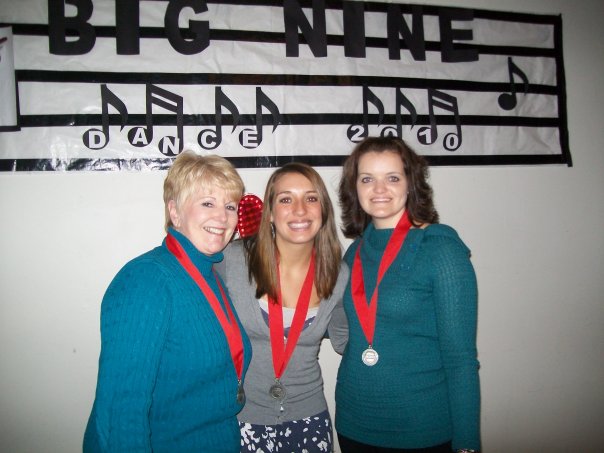
Besides all of these things, they also encouraged us to be our best selves. They taught us that a “team” is greater than the sum of its parts. When you become an Emerald you realize the value and weight that it holds. Both Tami and Lois made sure you knew to carry that title with poise, class, and fierce competitiveness like nothing else. Because when you are an emerald, you shine. Once an emerald always an emerald. #FEDTProud.
